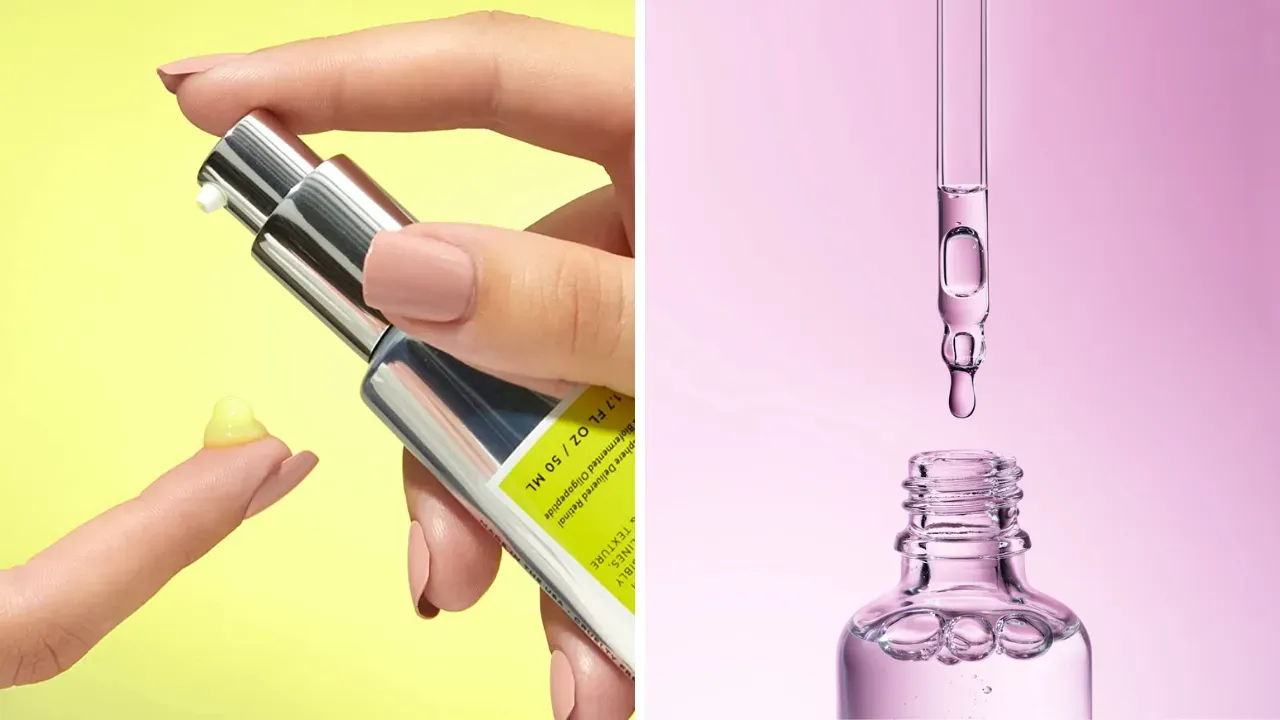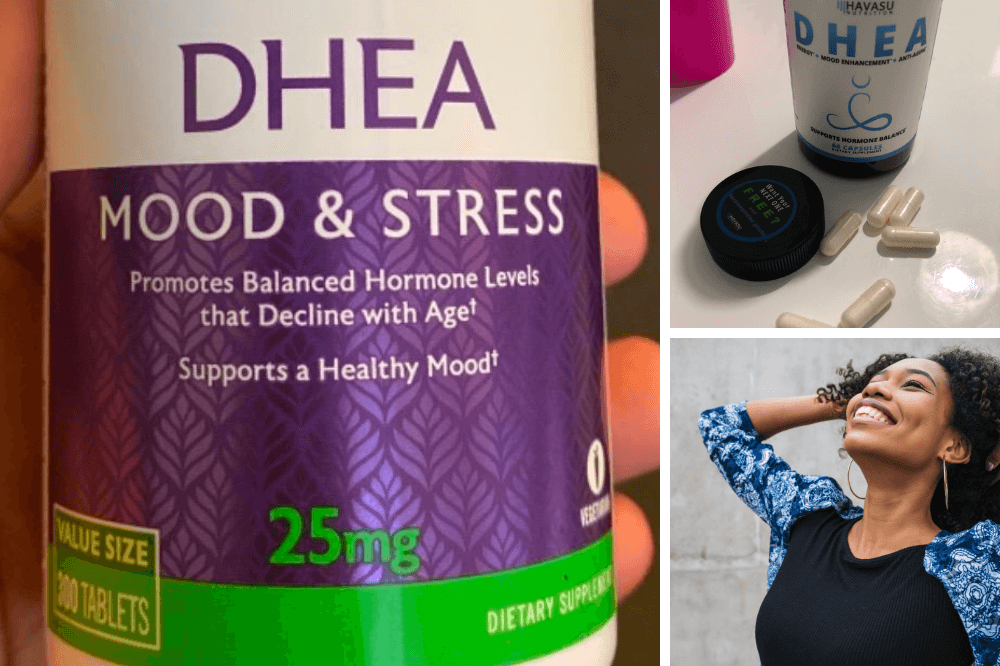Are you looking for an effective skincare ingredient to revolutionize your skincare routine and give your skin a youthful glow? Look no further, as Retinaldehyde and Retinol are here to save the day.
These two wonder ingredients, derived from Vitamin A, have been making waves in the skincare world for their remarkable anti-aging and acne-fighting properties.
But how do they compare, and which one is right for your skin type? In this comprehensive guide, we'll explore the differences between Retinaldehyde and Retinol, delve into the science behind their efficacy, and provide you with valuable application tips to help you make the best choice for your skin.
Additionally, we will answer the question: "Is Retinaldehyde better than Retinol?"
Key Takeaways
- Retinaldehyde is a more potent and effective form of Vitamin A than Retinol, suitable for delicate or sun-damaged skin.
- Application guidelines and the right product selection are essential to ensure optimal results with minimal irritation.
- Top products from renowned brands offer solutions to various skin types, providing wrinkle reduction, collagen production, UV damage repair & acne treatment.
Retinaldehyde vs. Retinol: A Comprehensive Comparison
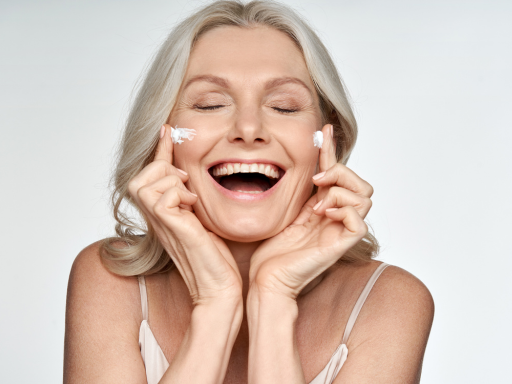
Both Retinaldehyde and Retinol belong to the retinoid family, which are derivatives of Vitamin A known for their incredible skin benefits, such as:
- promoting skin cell turnover
- improving overall skin health
- smoothing skin texture
- boosting collagen production. Retinal and Retinol are two key components in this family that contribute to these benefits.
These powerhouses can truly make a difference in your skincare routine.
However, Retinaldehyde is more potent and takes effect more quickly than Retinol, making it a more suitable choice for delicate or sun-damaged skin. We'll delve into a detailed comparison of these two ingredients, considering factors such as potency, efficacy, and skin compatibility.
Potency and Efficacy
The potency of a skincare ingredient plays a significant role in determining its effectiveness. When it comes to Retinaldehyde and Retinol, Retinaldehyde emerges as the winner in terms of potency. It is known to:
- Stimulate skin cell regeneration
- Enhance skin tone
- Unblock pores
- Thicken the dermis
- Lead to a significant improvement in the appearance of fine lines and wrinkles.
In fact, Retinaldehyde has been found to be up to 11 times faster than Retinol. This means that you can expect faster results in anti-aging and acne treatment with Retinaldehyde as compared to Retinol.
Skin Compatibility
When it comes to skin compatibility, both Retinaldehyde and Retinol are gentler alternatives to Retinoic Acid, making them more suitable for human skin, especially those with sensitive skin types. However, Retinaldehyde is considered more suitable for sensitive skin due to its gentler nature compared to Retinol, resulting in less irritation.
It should be underscored that improper use of both Retinaldehyde and Retinol, or their combination with potentially irritating skincare ingredients like:
- glycolic acid
- lactic acid
- salicylic acid
- benzoyl peroxide
Using certain products with antibacterial properties can result in skin irritation, potentially compromising the skin barrier.
Hence, adhering to correct application guidelines and selecting the appropriate product for your skin type is fundamental.
The Science Behind Retinaldehyde and Retinol

The science behind Retinaldehyde, encapsulated Retinol, and vitamin C is fascinating, as it revolves around their conversion process to Retinoic Acid and their efficiency in delivering results. The closer a form of Vitamin A is to Retinoic Acid, the more effective and efficient it is. Retinoic Acid is the active form of Vitamin A that provides the following skin benefits:
- Reduces the appearance of wrinkles and fine lines
- Improves skin texture and tone
- Increases collagen production
- Promotes cell turnover
- Helps fade dark spots and hyperpigmentation
We'll now examine how Retinaldehyde and Retinol compare when it comes to their conversion process and efficiency.
Conversion Process
The conversion process of Retinaldehyde and Retinol to Retinoic Acid is a crucial factor in determining their efficiency. Retinaldehyde conversion to Retinoic Acid only needs one step. On the other hand, the conversion of Retinol to Retinoic Acid takes two steps. This means that Retinaldehyde is more efficient than Retinol, as it necessitates only one transformation to become the active ingredient our skin needs to reap the benefits.
Therefore, Retinaldehyde stands out as a more efficient option regarding the conversion process.
Efficiency
As mentioned earlier, Retinaldehyde's higher efficiency leads to faster results in anti-aging and acne treatment compared to Retinol. This is because Retinaldehyde is closer to Retinoic Acid in its molecular structure, making it easier for the skin to absorb and utilize it to deliver visible results.
In contrast, Retinol requires more conversion steps to become Retinoic Acid, making it less efficient and requiring more time to produce results. Therefore, for those seeking quicker results, Retinaldehyde is a preferable choice.
Benefits of Retinaldehyde and Retinol
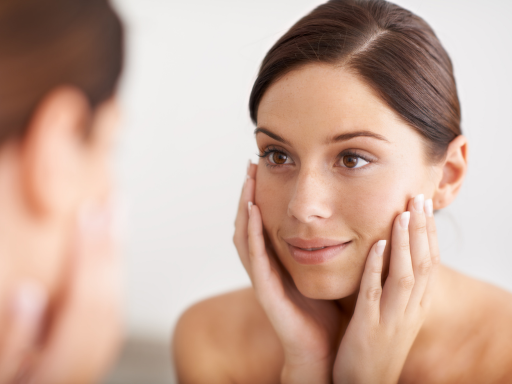
Both Retinaldehyde and Retinol offer numerous benefits that can significantly improve the overall health and appearance of your skin. Some of these benefits include:
- Wrinkle reduction
- Collagen production
- UV damage repair
- Acne treatment
While Retinaldehyde is more potent and works faster than Retinol in delivering these benefits, both ingredients can still make a considerable difference in your skincare routine. So, whether you're dealing with:
- fine lines
- wrinkles
- age spots
- acne
Incorporating the right Retinaldehyde or Retinol product into your skincare regimen can help you improve skin texture, achieving a smoother, clearer, and more youthful complexion.
Application Tips for Retinaldehyde and Retinol
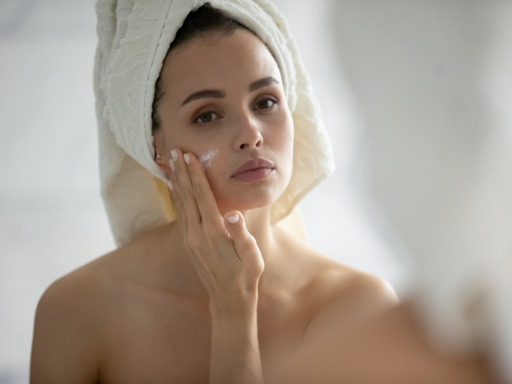
To fully utilize the benefits of Retinaldehyde and Retinol in your skincare regimen, following the correct application methods is a must. This includes nighttime application and using complementary products like SPF moisturizer and hyaluronic acid to minimize skin irritation and dryness.
We'll now delve into these application tips in more detail.
Nighttime Application
Applying Retinaldehyde and Retinol at night is highly recommended, as it not only helps maximize their effectiveness but also minimizes potential irritation. This is because our skin undergoes repair and regeneration processes during the night while we sleep, making it the perfect time for these ingredients to work their magic.
Additionally, Retinaldehyde and Retinol can be deactivated by sunlight, and their use can render the skin more vulnerable to the sun, making nighttime application even more crucial.
Complementary Products
Using complementary products alongside Retinaldehyde and Retinol can help counteract potential skin dryness and irritation caused by these potent ingredients. Incorporating an SPF moisturizer during the day is essential, as Retinaldehyde and Retinol can increase your skin's sensitivity to the sun, making it more prone to sunburn and damage.
Additionally, using hyaluronic acid can help maintain your skin's moisture levels, reducing the risk of dryness and irritation associated with Retinaldehyde and Retinol use. By using these complementary products, you can enjoy the benefits of Retinaldehyde and Retinol while minimizing any potential drawbacks.
Choosing the Right Product for Your Skin Type
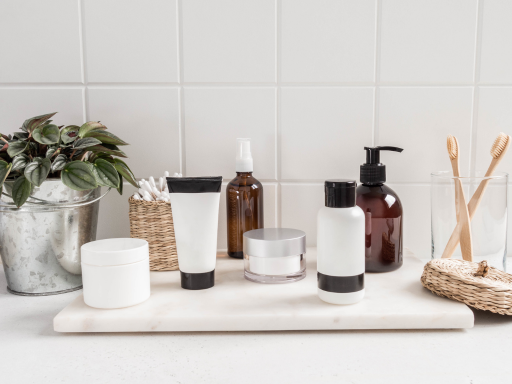
Selecting an appropriate Retinaldehyde or Retinol product that suits your skin type is vital to avoid any potential harm and achieve the desired results. Factors such as skin type, sensitivity, and desired results play a significant role in determining the right product for you. For instance, Retinaldehyde is more suitable for sensitive skin, while Retinol is more appropriate for those with normal to oily skin.
Prior to incorporating a Retinaldehyde or Retinol product into your skincare regimen, it's important to conduct a thorough analysis of your skin type, needs, and concerns to make a well-informed choice that will yield the best outcome.
Safety Considerations: Pregnancy and Sensitive Skin
Safety considerations are paramount when using Retinaldehyde and Retinol, particularly during pregnancy or for those with sensitive skin.
A more detailed discussion about these safety concerns follows.
Pregnancy
The safety of Retinaldehyde and Retinol during pregnancy remains uncertain, and experts recommend avoiding Vitamin A derivatives during pregnancy and breastfeeding. High doses of vitamin A can be detrimental to fetal development, and while the risks associated with Retinaldehyde and Retinol use during pregnancy are not well-established, it's better to err on the side of caution and avoid these ingredients while pregnant or breastfeeding.
Sensitive Skin
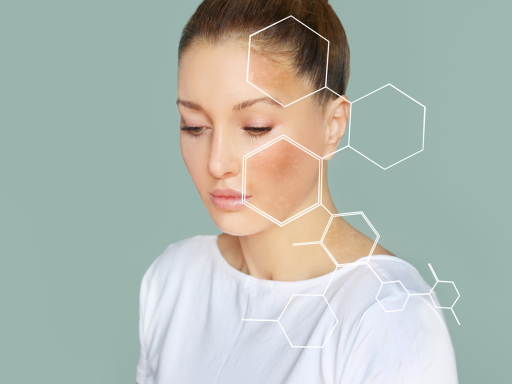
Retinaldehyde is generally considered safer for sensitive skin compared to Retinol due to its gentler nature, making it less likely to cause irritation and other side effects. This is particularly evident in retinaldehyde-treated skin specimens, which show fewer adverse reactions.
Nonetheless, both Retinaldehyde and Retinol have the potential to cause skin irritation if used improperly or in conjunction with other irritating skincare ingredients. Hence, adhering to correct application guidelines and selecting the right product for your skin type is key to reducing potential irritation and maximizing the benefits derived from these potent ingredients.
Top Retinaldehyde and Retinol Products
Top Retinaldehyde and Retinol products cater to various skin types and concerns, with offerings from renowned brands like Medik8, ThriveCo, Paula's Choice, SkinCeuticals, SkinMedica, Sunday Riley, Avène, ISDIN, and Murad. These products have been carefully formulated to provide the best results in wrinkle reduction, collagen production, UV damage repair, and acne treatment while minimizing the potential for skin irritation and dryness.
So, whether you're looking to address fine lines, wrinkles, age spots, or acne, there's a Retinaldehyde or Retinol product out there that's perfect for your skin type and needs. Just remember to follow the application tips and safety considerations mentioned in this guide to ensure the best results.
Summary
In conclusion, Retinaldehyde and Retinol are both powerful skincare ingredients that offer numerous benefits for your skin. While Retinaldehyde is more potent and works faster than Retinol, both can significantly improve your skin's overall health and appearance. The key to maximizing their effectiveness lies in understanding the science behind their conversion process, following proper application tips, and choosing the right product for your skin type and needs.
So, whether you're new to the world of Retinaldehyde and Retinol or a seasoned user, this comprehensive guide has provided you with valuable insights and tips to help you make the best choice for your skin. Now it's time to embark on your journey towards a smoother, clearer, and more youthful complexion.
Frequently Asked Questions
Is Retinaldehyde more potent than Retinol?
Retinaldehyde, being one step closer to retinoic acid on the conversion scale, is more potent than Retinol and only requires one step to convert and become active.
What's the difference between Retinol and Retinaldehyde?
Retinaldehyde is 11 times more effective than Retinol at targeting signs of aging skin, has greater hydration capabilities, and can be converted into Retin-A (also known as Retinoic Acid). On the other hand, Retinol is stored and accepted by the body, however, it takes multiple steps for it to become Retin-A.
What percentage of Retinaldehyde is best?
For optimal skin brightening effects, start with a retinaldehyde product with a concentration of 0.05 percent and increase the percentage as needed; higher concentrations (such as 0.1 percent) are generally more effective.
Can I use Retinaldehyde or Retinol during pregnancy?
It is advised to avoid using Vitamin A derivatives such as Retinaldehyde and Retinol during pregnancy and breastfeeding due to potential safety concerns.
How can I minimize skin irritation when using Retinaldehyde and Retinol?
To minimize skin irritation, apply Retinaldehyde and Retinol at night and use SPF moisturizer and hyaluronic acid to complement their effects.
